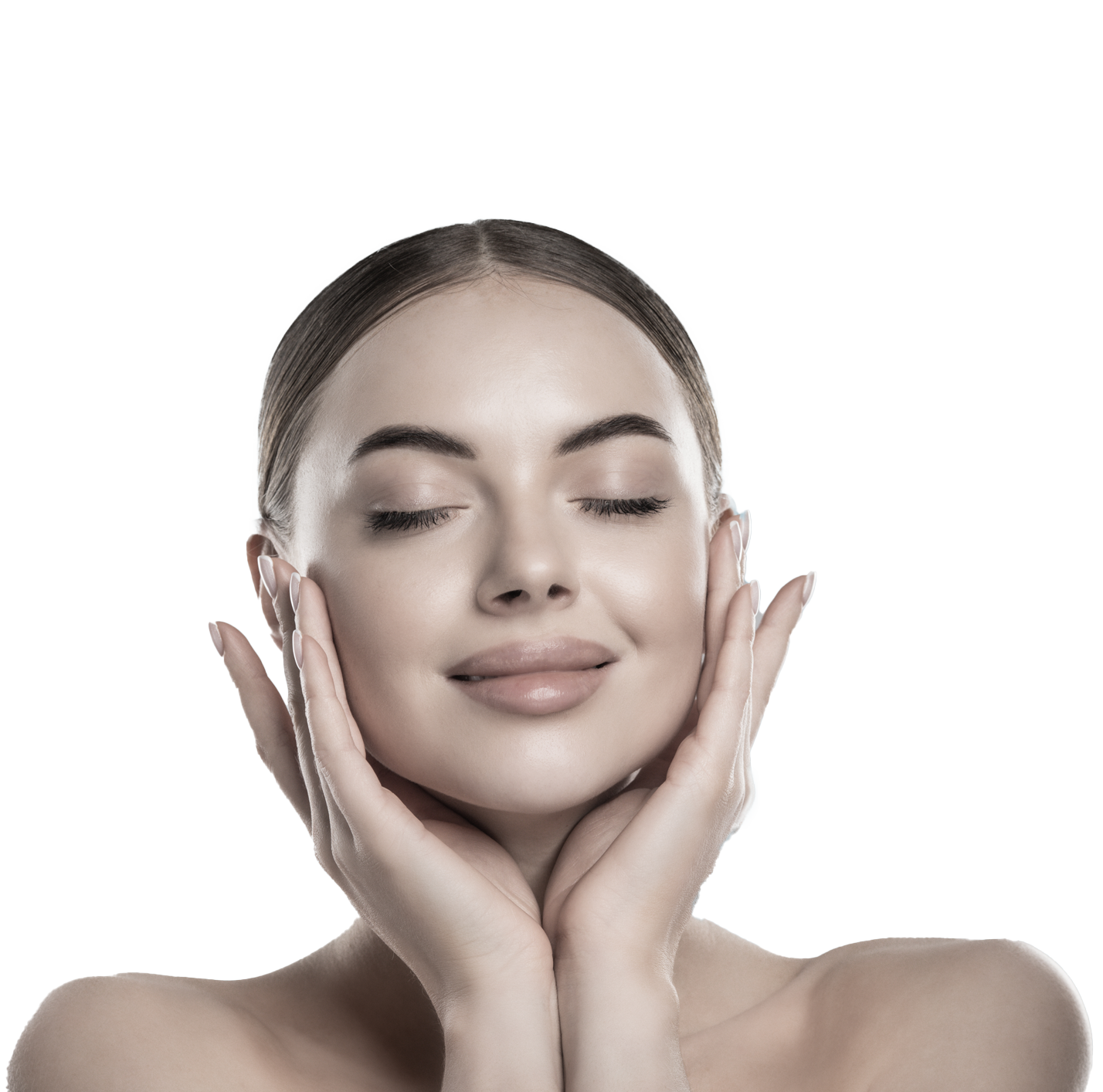Stretch marks and cellulite are both harmless skin conditions. The problem is they can affect confidence and self-esteem. The good news is there are treatments that can help. While the conditions are separate, they are often grouped together as many sufferers have both. So, stretch marks vs cellulite – what is the difference? Let’s find out!
Stretch Marks
Stretch marks appear as coloured, textured lines or streaks on the surface of the skin. These unsightly marks occur when the skin stretches or shrinks rapidly, and the middle layer of the skin tears. The colour varies depending on what caused them, their location on the body and how long they have been there. Over time, they tend to fade and become lighter in colour.
Risk Factors
It is often during periods of change that stretch marks appear on the skin. It can be at times of rapid growth and/or hormonal fluctuations. Puberty, pregnancy, and menopause are the main culprits. Stretch marks are mostly found on the stomach, hips, thighs and breasts.
What Can You do?
If stretch marks affect your self-esteem, you don’t have to live with them. New stretch marks are usually red or purple – this is the stage that they are easiest to treat. A course of SkinBase Microdermabrasion can help.
Find a Therapist
Believe in better skin. Find your nearest SkinBase™ therapist here.

SkinBase Microdermabrasion
This is an excellent stretch mark treatment. Tiny crystals exfoliate the outer layer of the skin helping to promote cell renewal. This encourages the growth of new, healthier skin cells and reduces the appearance of stretch marks. The combined process of exfoliating crystals and suction stimulates collagen and elastin production. The skin will look and feel tighter and plumper. As the treatment works on the skin, the stretch marks blend into the surrounding areas and become less visible.
Cellulite
Cellulite is the result of fat deposits that push through the connective tissue beneath the skin, creating a dimpled and lumpy appearance. It is mostly found in areas with a higher concentration of fat cells. This is because the connective tissue in these areas is thinner and less supportive.
Risk Factors
The presence of cellulite is not necessarily related to weight or body fat percentage. Individuals of all shapes and sizes can have it. Some individuals have a genetic predisposition to cellulite. Others may be at risk of developing cellulite due to hormonal factors, poor circulation, lifestyle and diet. It is almost exclusively an issue for women.
What Can You Do? SkinBase Collagen Lift
The Collagen Lift treatment uses radiofrequency energy in waves to heat the deeper layers of the skin. This stimulates collagen and elastin production, and encourages the breakdown of fat cells. The heat generated during the treatment tightens the skin and holds elastin fibres into position. This helps to reduce the appearance of cellulite.
Stretch marks and cellulite are two different conditions that affect your skin’s appearance. If yours are bothering you, book a course of SkinBase treatments to help renew the skin. Find a therapist.

